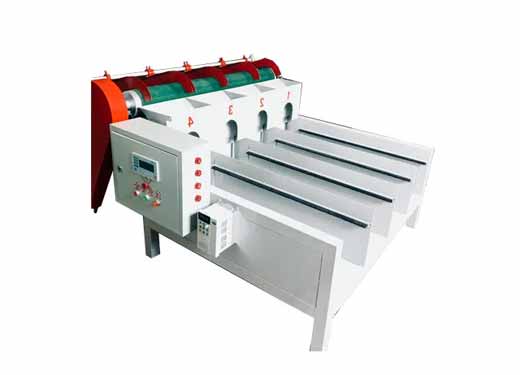Sustainable Pulp Packaging Manufacturing Introduction
Sustainable pulp packaging manufacturing refers to the production of packaging materials made from natural and renewable resources that minimize the environmental impact of the manufacturing process. This includes the use of sustainable materials such as pulp and paper, which are biodegradable and can be recycled, and the implementation of eco-friendly manufacturing processes that conserve resources, reduce waste and emissions, and promote worker safety and well-being.
Importance of Sustainable Manufacturing Practices for the Environment and Society
Sustainable manufacturing practices are essential to reduce the negative impact of industrial activities on the environment and society. The use of non-renewable resources, excessive energy consumption, and the emission of greenhouse gases contribute to climate change, air and water pollution, and resource depletion. Sustainable manufacturing practices can help mitigate these effects by reducing energy and material waste, promoting the use of renewable resources, and encouraging responsible resource management. In addition, sustainable manufacturing can create economic benefits by improving production efficiency, reducing costs, and creating new jobs in the green industry.
As the demand for sustainable products continues to grow, sustainable pulp packaging manufacturing has become a crucial component of sustainable supply chains. By adopting sustainable manufacturing practices, companies can enhance their brand reputation, attract environmentally conscious customers, and contribute to a more sustainable future. In the following sections, we will explore some of the key practices and technologies that can help achieve sustainable pulp packaging manufacturing.
Sustainable Materials for Pulp Packaging
Sustainable pulp packaging manufacturing involves the use of environmentally-friendly materials that reduce waste and pollution. Here are some sustainable materials commonly used in pulp packaging:
A. Biodegradable materials: Biodegradable materials are those that decompose naturally through the action of living organisms such as bacteria, fungi, and algae. These materials break down into natural components that do not harm the environment. Examples of biodegradable materials include corn starch, bamboo, and sugarcane bagasse.
B. Recycled materials: Recycled materials are those that have been previously used and then reprocessed into new products. Using recycled materials helps to reduce waste, conserve natural resources, and reduce greenhouse gas emissions. Commonly used recycled materials in pulp packaging include paper pulp and cardboard.
C. Renewable materials: Renewable materials are those that can be replenished naturally and sustainably, without depleting natural resources. Examples of renewable materials include bamboo, hemp, and kenaf. These materials are often used in the production of pulp packaging because they are eco-friendly and have a low environmental impact.
D. Non-toxic materials: Non-toxic materials are those that do not harm the environment or pose a risk to human health. These materials are free from harmful chemicals and additives, such as chlorine and bleach. Non-toxic materials are often used in the production of food packaging, as they do not leach harmful chemicals into the food.
Sustainable Manufacturing Processes for Pulp Packaging
Sustainable manufacturing processes are key to reducing the environmental impact of pulp packaging. Here are some ways in which manufacturers can make their production processes more sustainable:
A. Energy-efficient manufacturing: This involves using energy-efficient equipment, adopting energy-saving practices, and using renewable energy sources. For example, manufacturers can switch to high-efficiency motors, optimize heating and cooling systems, and install solar panels.
B. Water conservation and management: Water is a precious resource, and manufacturers can reduce their water usage by implementing water conservation measures. This can include using closed-loop systems, recycling wastewater, and implementing water-efficient equipment.
C. Waste reduction and recycling: Pulp packaging manufacturers can reduce waste by implementing recycling programs for waste materials, using eco-friendly packaging materials, and minimizing packaging waste. They can also work with suppliers to reduce packaging waste upstream in the supply chain.
D. Sustainable transportation and logistics: This involves reducing the environmental impact of transportation and logistics activities, such as shipping and distribution. Manufacturers can reduce their carbon footprint by using alternative transportation modes, optimizing shipping routes, and minimizing the use of packaging materials during transportation.
By adopting sustainable manufacturing processes, pulp packaging manufacturers can reduce their environmental impact, conserve natural resources, and contribute to a more sustainable future.
